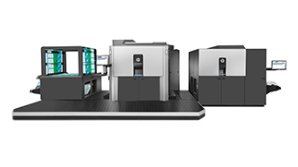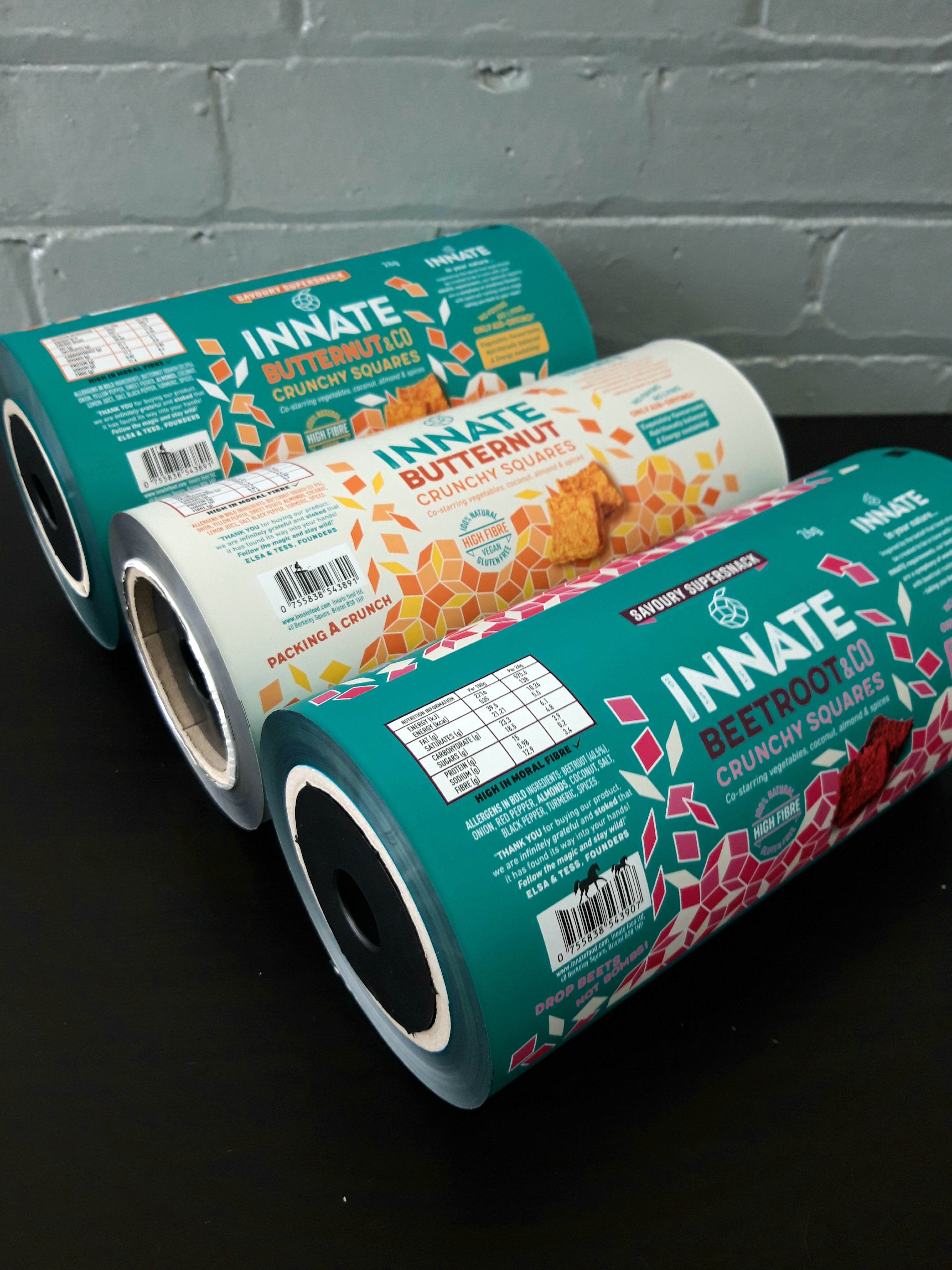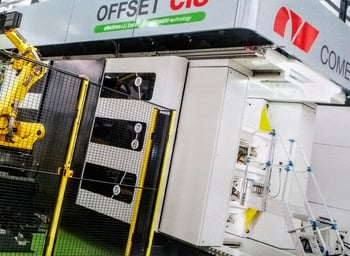Types of print used for food & product flexible packaging
Simplifying the four main industry options of Digital, EB Offset, Flexographic / Flexo and Gravure printing. Determine what might be best when creating your branded packaging
Moving to fully printed retail packaging or launching new designs means you will be presented with a variety of printing options, but the question is - which one is right for you?
Digital Print
Digital print is a fantastic option for a variety of reasons. It is great for high quality printing and short runs, as minimum order quantities are minimal. Digital allows you to print multiple designs, variable data and is focussed on speed of delivery to market. There are no printing plate costs or origination costs with digital printing, and design amendments therefore do not incur re-origination fees. It is also the perfect platform for targeted product campaigns, printing exactly what you need and avoiding stock holding or redundant lines post campaign. Another positive is minimal setup waste - positive for the environment and also for pricing!
Pros: Flexible, agile, no MOQ, high quality print, fast lead times, low wastage, no origination costs
Cons: Unit cost higher than other processes, size restriction precludes larger bags (above 3KG)

EB Offset Print
The new kid on the block is electron beam offset print. EB inks are solvent free and the process has a low energy consumption, offering an eco-friendly angle to printing. It also uses up to 70% less ink than other processes, to achieve similar results. To cap this off, it is antibacterial. Print quality is excellent, and uses plates to print – although there is minimal cost to these as they are recyclable. There are low MOQs – more than digital, less than flexo or gravure – and the machine speed is fast, thus reducing pricing. EB Offset is perfect for lower quantities of individual designs (i.e. 10,000 of 1 design).
Pros: Low MOQs, high quality print, eco-friendly printing, low cost, no origination costs, great for film on reels
Cons: Size restriction precludes larger bags, certain inks don’t respond well to pouchmaking
Flexographic Print
Flexographic print is the most popular print format in the UK. It uses polymer printing plates which come in various guises, from ‘standard’ to High Definition (HD) to Ultra High Definition (UHD) and also Water Washable. Inks are typically solvent free and production speed is faster than other processes. Flexo is considered a lower quality than gravure printing because it fails to support constant tonal imagework from very complex artwork. However, ‘pound for pound’, flexo offers the best value for money. Particularly when applying a fixed colour gamut, enabling shorter runs and increased number of designs per set of plates/sets of plates – using the same colour space, decreasing costs.
Pros: Solvent free inks, low cost, high definition print, great for up to 8 colour designs, reasonable MOQs, fixed colour gamut
Cons: Plate costs per colour, lack of education around print plate technology, print quality on complex artwork varied



